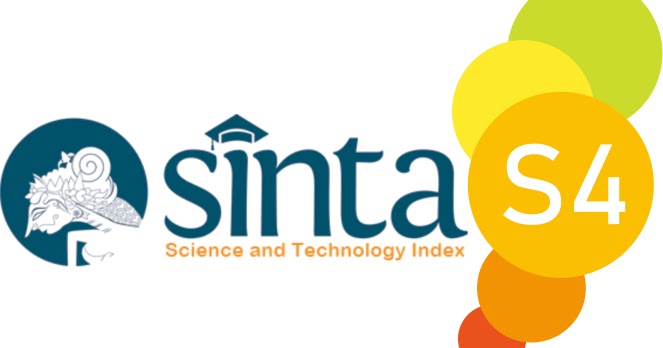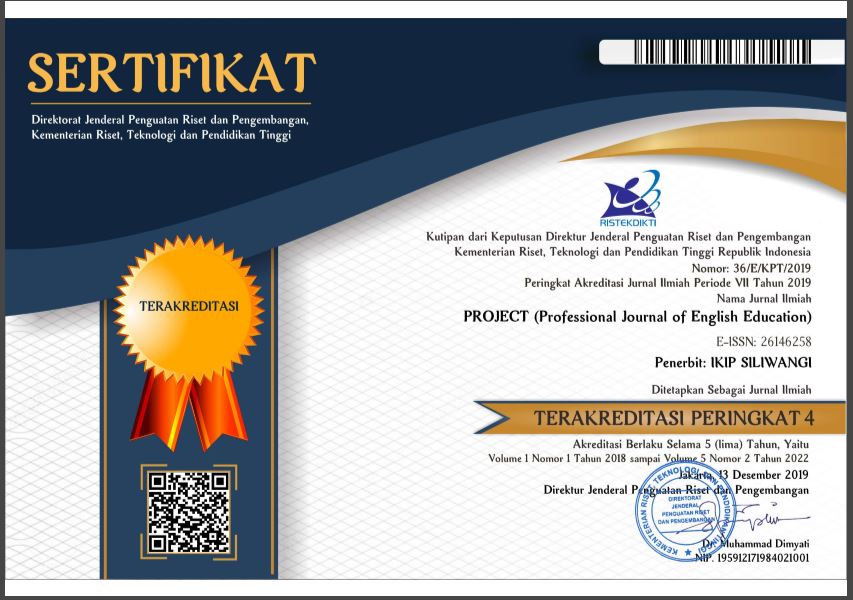EFL Teachers’ Perceptions and Experiences in Implementing Differentiated Instruction (DI) in The Merdeka Curriculum at Vocational Schools in Riau Islands Province
Abstract
The study addresses the challenges of implementing Differentiated Instruction (DI) in vocational schools in Indonesia, particularly in the Riau Islands. The objective is to examine how teachers adapt DI to students'' diverse needs and the impact of DI training, especially among the few Guru Penggerak-certified educators. This study utilizes a qualitative research design with a case study approach. Data were collected through questionnaires, semi-structured interviews, and classroom observations. Purposive sampling was used to select three teachers from different schools, focusing on their perceptions and practices related to DI within the Merdeka Curriculum framework. The study concludes that while Differentiated Instruction (DI) is being implemented effectively by English teachers within the Merdeka Curriculum, there are variations in its application. Teacher training is crucial in enhancing DI practices, but challenges remain in material access, school culture, and alignment with modern trends. Recommendations include expanding DI-focused professional development, improving resource availability, and fostering a more supportive school culture for DI integration.
References
Billett, K. G., Smith, J. W., & Jones, A. E. (2023). Differentiated Instruction in Vocational Education and Training: A Review of Recent Research and Future Directions. Journal of Vocational Education & Training.
Burkett, J. A. (2013). Teacher perception on differentiated instruction and its influence on instructional practice. Oklahoma State University.
Coubergs, C., Struyven, K., Vanthournout, G., & Engels, N. (2017a). Differentiated instruction: The diversity of teachers’ responses to classroom diversity. Teaching and Teacher Education, 67, 461-472. https://doi.org/10.1016/j.tate.2017.07.018
Coubergs, C., Struyven, K., Vanthournout, G., & Engels, N. (2017). Measuring teachers’ perceptions about differentiated instruction: The DI-Quest instrument and model. Studies in Educational Evaluation, 53, 41-54.
Creswell, J. W., & Poth, C. N. (2016). Qualitative inquiry and research design: Choosing among five approaches. Sage publications.
Creswell, J. W., & Creswell, J. D. (2017). Research design: Qualitative, quantitative, and mixed methods approaches. Sage publications.
Digna, D., & Widyasari, C. (2023). Teachers' Perceptions of Differentiated Learning in Merdeka Curriculum in Elementary Schools. International Journal of Elementary Education, 7(2), 255-262.
Hasanah, E., Suyatno, S., Maryani, I., Badar, M. I. A., Fitria, Y., & Patmasari, L. (2022). Conceptual Model of differentiated-instruction (DI) Based on teachers’ experiences in Indonesia. Education Sciences, 12(10), 650.
Keuning, T., & van Geel, M. (2021). Differentiated teaching with adaptive learning systems and teacher dashboards: the teacher still matters most. IEEE transactions on learning technologies, 14(2), 201-210.
Miftakhuddin, M., Suyatno, S., & Hasanah, E. (2022). The implementation of differentiated instruction in the Merdeka curriculum. Journal of Physics: Conference Series, 2030(1), 012038.
Pramono, C. A. (2021). The influence of teachers’ knowledge and self-efficacy on elementary school teachers’ acceptability of differentiated instruction in Indonesia (Master's thesis, University of Twente).
Stollman, S. H. M. (2018). Differentiated instruction in practice: a teacher perspective. Leiden: ICLON, Leiden University Graduate School of Teaching.
Vaismoradi, M., Turunen, H., & Bondas, T. (2013). Content analysis and thematic analysis: Implications for conducting a qualitative descriptive study. Nursing & health sciences, 15(3), 398-405.
Yin, R. K. (2009). Case study research: Design and methods (Vol. 5). sage.
Downloads
Published
Issue
Section
License

This work is licensed under a Creative Commons Attribution-ShareAlike 4.0 International License.




